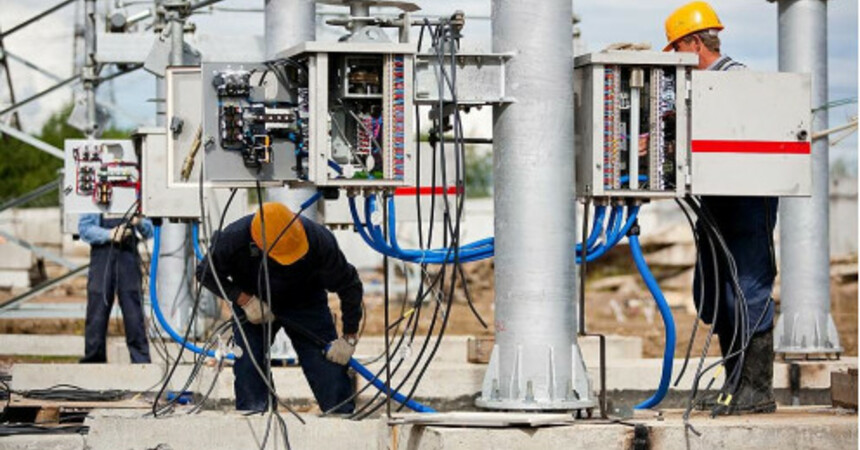Electrical safety certification is a crucial process that ensures products are safe for consumers and comply with established standards. However, this process often comes with various challenges that can hinder market entry. This article explores the most common problems companies face when certifying their products and provides recommendations on how to overcome them.
Lack of Understanding of Certification Requirements
One of the main challenges manufacturers encounter is the lack of a clear understanding of the applicable requirements for their products. Different countries and regions have their own standards and regulations regarding electrical safety. For example, in the UAE, there are multiple certifications such as G-Mark, ECAS, and others, depending on the product type.
Solution:
Before starting the certification process, it is recommended to conduct a detailed analysis of the target country's requirements. Companies like WorldWide Bridge specialize in providing expert assessments that help businesses understand all necessary certification requirements.
Documentation Management
The certification process requires a significant amount of documentation, including technical specifications, test reports, and other materials. Incorrectly completed or missing documents can lead to delays or certification rejections.
Solution
Professional assistance in document preparation, as well as using the services of certification companies, can significantly speed up the process and reduce the risk of errors. WorldWide Bridge offers services for reviewing and preparing all necessary documentation.
High Costs of Testing and Certification
Certification can require significant financial investments, especially if additional product testing is needed to meet international standards. This can involve high testing fees and the necessity of conducting international tests.
Solution:
Effective budget planning at the project preparation stage can help avoid unforeseen expenses. By ordering an expert assessment, companies can estimate all potential costs in advance, ensuring transparency in the process.
Logistics Challenges
Logistical issues can also be a major obstacle in the certification process. This may include delays in shipping samples for testing, as well as problems with selecting appropriate packaging for transportation.
Solution:
It is advisable to plan logistics in advance and choose reliable delivery methods. Additionally, the specifics of packaging should be considered, as different materials may require additional certifications (e.g., phytosanitary certificates for wooden pallets).
Documentation Errors
Errors in documents, such as incomplete or incorrectly filled-out forms, can lead to delays and certification rejections. This is especially relevant for new companies with little experience in certification processes.
Solution:
Using professional certification services can significantly reduce the number of errors. Companies specializing in certification offer document review and editing services to help avoid common mistakes.
Conclusion
Electrical safety certification can be complex and costly, but understanding the process and having qualified support can make it significantly easier. We recommend using professional services to prepare for certification and obtain the necessary certificates. This will help avoid common issues and make the process more efficient.
For more information and certification consultations, visit our website: WWBridge-cert.com.
